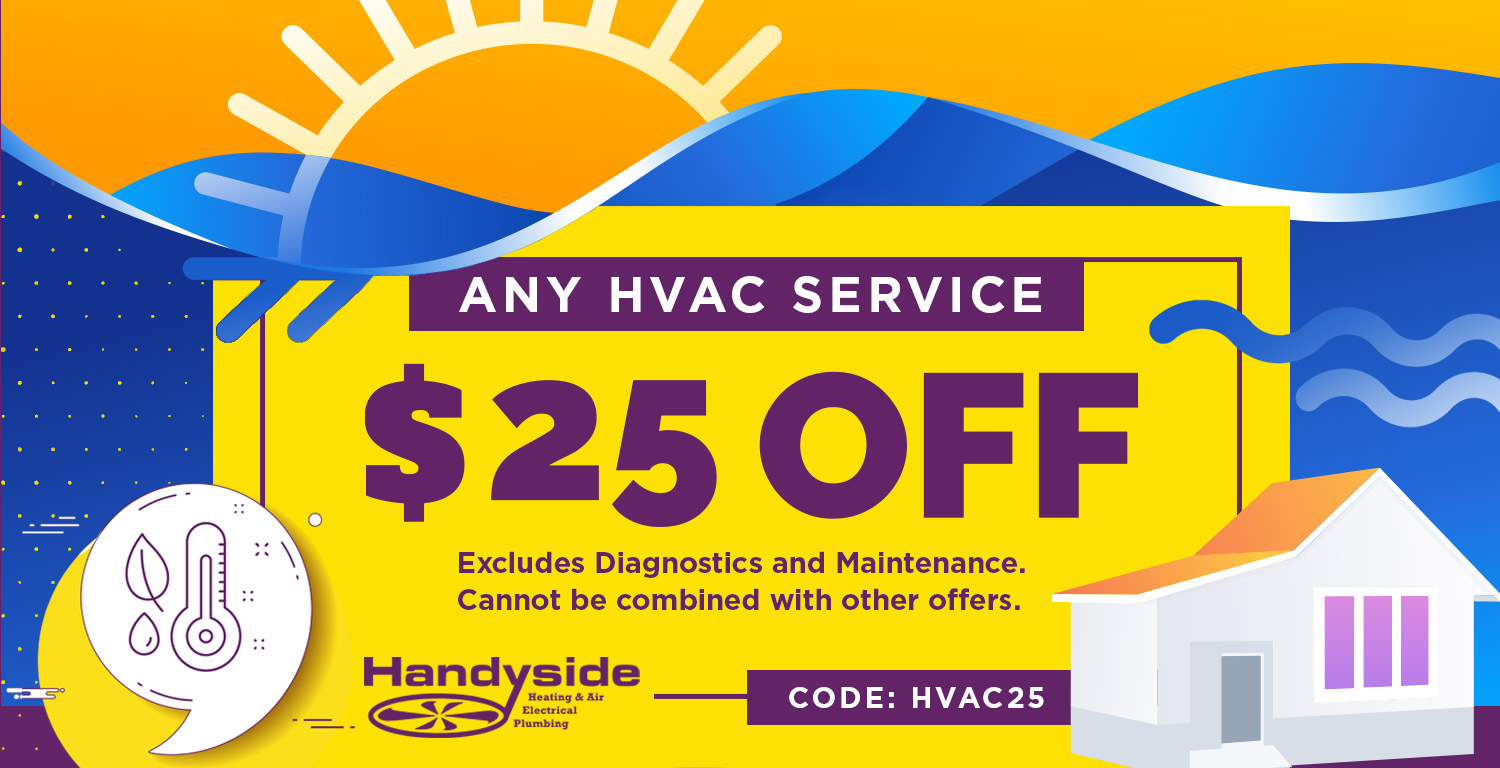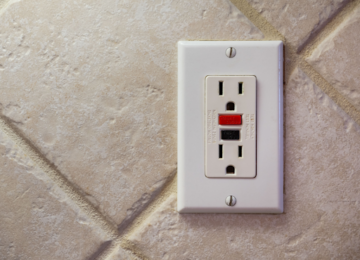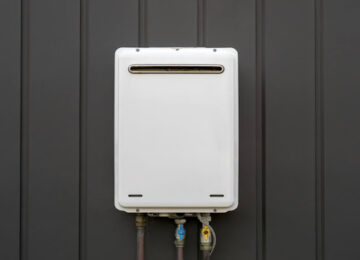Balancing Room Comfort with Whole Home Humidifiers
HVAC systems, while essential for maintaining indoor comfort, often face a common challenge: uneven room temperatures. You might find one room too warm in the summer or excessively cold in the winter. One effective solution to this problem is the use of a whole-home humidifier.
Finding the Right Humidity Level
Determining the ideal humidity level for your home can be a bit of a balancing act. It’s important to understand the difference between absolute humidity, which measures the actual amount of water vapor in the air, and relative humidity, which signifies the air’s moisture-holding capacity.
Warmer air can hold more water vapor than colder air. Consequently, a room at a higher temperature can feel less humid compared to a cooler room. This variation can be especially challenging during the winter months when indoor spaces tend to become drier due to increased HVAC system use for heating.

The Many Benefits
Whole home humidifiers, as their name implies, are designed to distribute optimal humidity levels throughout your entire home. Beyond enhanced comfort, these systems offer several advantages, including reduced energy consumption and potential health benefits. Balanced humidity levels reduce exposure to harmful microorganisms such as bacteria and mold.
The recommended humidity level for a home typically falls within the 30 to 50 percent range. Humidity exceeding 60 percent can lead to problems like mold growth and structural damage, while humidity below 30 percent can cause discomfort, skin issues, and worsened symptoms for individuals with asthma. Whole home humidifiers play a crucial role in maintaining this balance.
Exploring Different Types
There are various types of whole home humidifiers available to cater to different needs. Bypass humidifiers can be installed on ducts, either on the supply or return side of your existing HVAC system. On the other hand, fan-powered humidifier systems operate independently without the need for bypass ducting.
For homes requiring substantial humidification, steam-based humidifiers are an excellent choice. These systems can operate separately from HVAC systems, offering energy efficiency.
Selecting the Right System
The choice of a humidifier depends on several factors. Steam-based systems provide consistent moisture levels but tend to be more expensive to operate compared to bypass or fan-based systems.
Consider your property size as well, with larger homes needing humidifiers with higher capacity. Older properties that are less insulated and drafty may require more powerful humidifiers.
There are a number of sites online that can allow you to compare the different makes and models available. If you’re still uncertain, it’s advisable to consult a Handyside HVAC professional who can assess your property and recommend a system tailored to your specific needs.
By optimizing humidity levels, whole home humidifiers play a crucial role in ensuring the comfort and well-being of your living space.
![What You Should Know Before Buying A Whole Home Humidifier Balancing Room Comfort with Whole Home Humidifiers HVAC systems, while essential for maintaining indoor comfort, often face a common challenge: uneven room temperatures. You might find one room too warm in the summer or excessively cold in the winter. One effective solution to this problem is the use of a whole-home humidifier. Finding the Right […]](https://handysideinc.com/wp-content/uploads/2023/10/Whole-Home-Humidifier-750x420.jpg)



